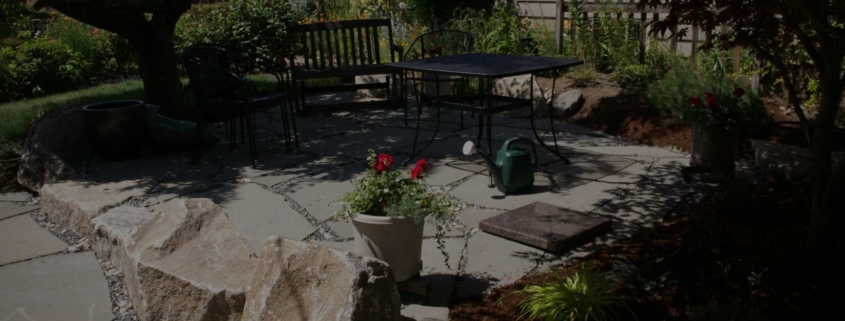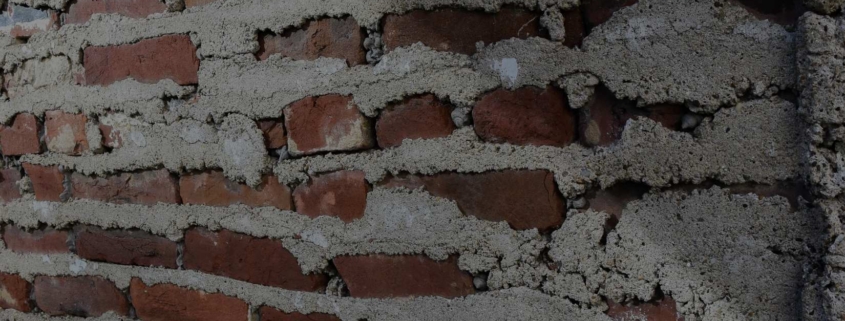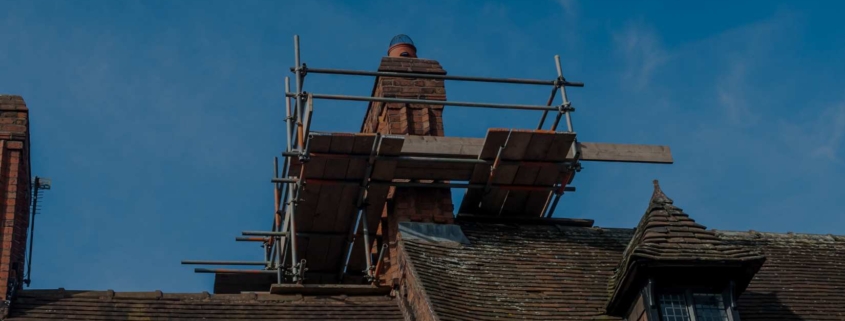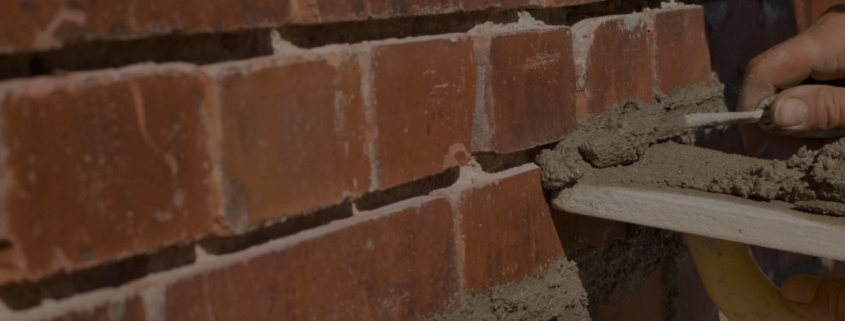In today’s world of ever-evolving architectural and landscaping designs, the quest for creating the perfect outdoor sanctuary has become a significant aspect of contemporary living. With the rising importance of functional and aesthetically pleasing outdoor spaces, homeowners are now investing significant time and effort in selecting the ideal materials for their outdoor patios.
This pursuit of the perfect patio oasis often leads to the dilemma of choosing between natural stone, patio pavers, and brick as the primary material for crafting these open-air retreats. So, get ready to embark on a journey to discover the perfect stone for your patio, and let us help you make an informed decision that harmoniously blends form and function.
What to Consider When Choosing the Right Stone and Materials for Your Patio
Natural Stone
Aesthetics
Natural stone is a popular choice for outdoor patios due to its unique and luxurious appearance. Each stone comes with its own distinct character and texture, giving your patio a one-of-a-kind look. The natural beauty of stone also adds value to your home, making it a worthwhile investment.
Maintenance
One of the advantages of natural stone is its low maintenance requirements. It’s easy to clean and does not require sealing. However, it’s important to note that natural stone is porous and can be prone to staining. To prevent stains, it’s recommended to clean up spills as soon as possible.
Durability
In terms of durability, natural stone is a strong and long-lasting material. It can withstand wear and tear from foot traffic and harsh weather conditions. However, some types of stone are more durable than others. For example, granite and sandstone are known for their durability, while limestone and marble are softer and more prone to scratches and chips.
Purpose
If you plan on using your patio for dining and entertaining, a smooth surface like limestone or sandstone may be more suitable. If you plan on using your patio for high-traffic activities, a more durable stone like granite or slate may be a better option.
Patio Pavers
Aesthetics
Patio pavers are another popular choice for outdoor patios. They come in a variety of shapes, sizes, and colours, making them a versatile option for any patio design. The uniformity of patio pavers creates a clean and modern look that complements any style of home.
Maintenance
One significant advantage of patio pavers is their low maintenance requirements. They don’t require sealing and are easy to clean with a simple sweep or hose down. However, over time, they may shift or settle due to foot traffic and weather conditions. Regular upkeep, such as sweeping and levelling, can help prevent this.
Durability
When it comes to durability, patio pavers are a strong and reliable material. They can withstand heavy foot traffic and harsh weather conditions without cracking or breaking, making them a great option for high-traffic areas.
Purpose
If you’re planning on using your patio area for dining and entertaining, then smooth concrete pavers may be an ideal choice. On the other hand, if you’re planning on using your patio for a pool or spa, you may want to choose slip-resistant pavers. Furthermore, you can use pavers to create a variety of patterns and designs, allowing you to create a unique look that reflects your personal style.
Brick
Aesthetics
Aesthetic appeal is a key advantage of brick patios, providing a classic and timeless look that can add warmth and character to a home. The color and texture of brick can also enhance the curb appeal of your home.
Maintenance
It can be tricky to maintain a brick patio, as it can easily grow moss in shady areas of your outdoor space. Fortunately, power washing and applying a water-based sealant can do wonders for preserving your bricks’ looks and longevity.
Purpose
If you plan on using your patio for dining and entertaining, consider using smooth brick pavers that offer a comfortable surface for dining and relaxation. If you plan on using your patio for a pool or spa, slip-resistant bricks may be more suitable to provide safe footing in wet conditions.
The Bottom Line
Ultimately, the key to creating a stunning and functional outdoor patio lies in understanding the unique characteristics of each material and selecting the one that aligns with your vision, lifestyle, and budget. So, take your time, do your research, and consult with professionals if needed, to create an outdoor oasis that you can cherish for years to come.
If you are looking for quality brick repair services in Toronto, trust the experts at Red Robin Masonry. Contact us today to discuss your project and get a quote. We look forward to hearing from you!




